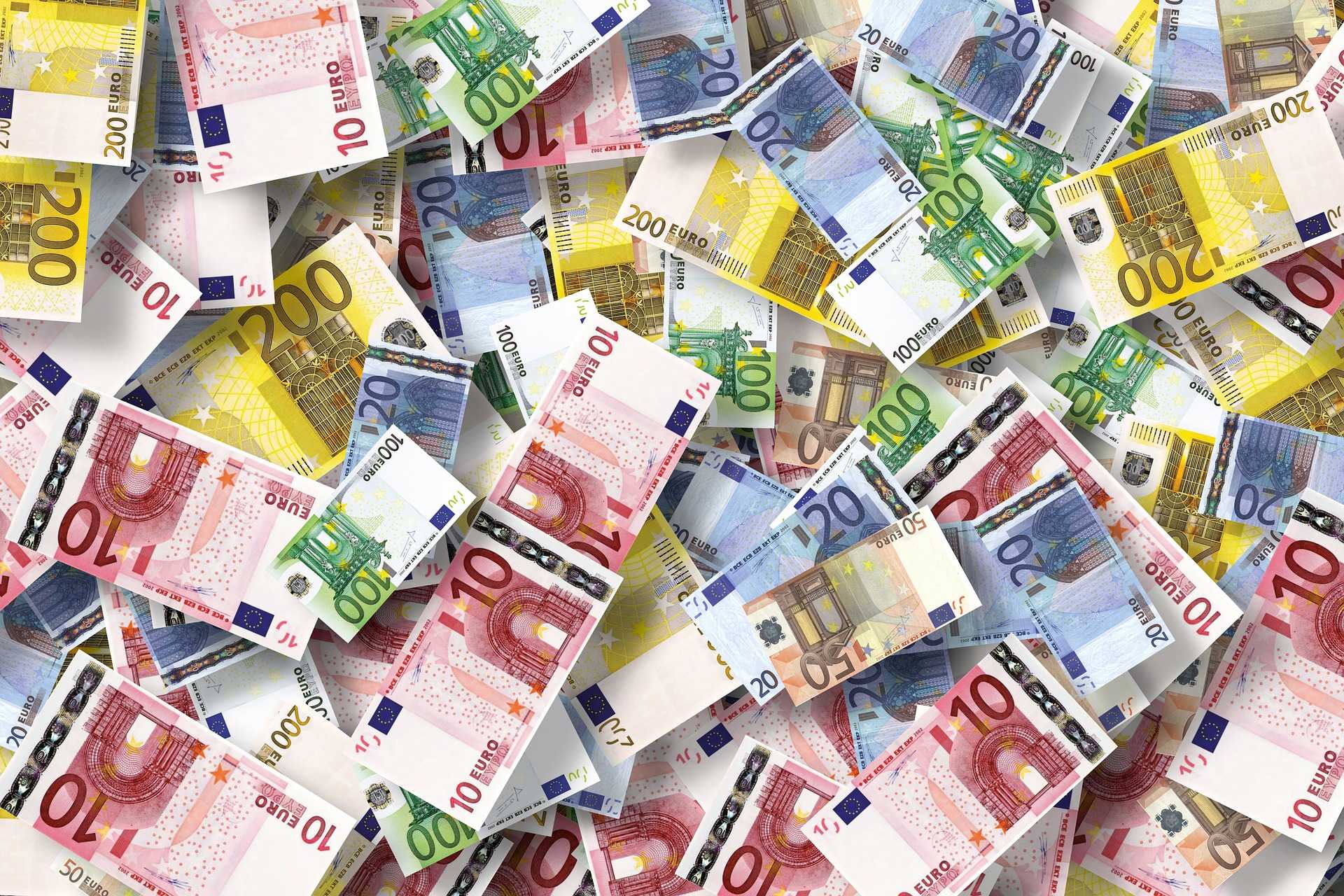The EUR/USD is weaker with a sluggish vaccine rollout program and slowing economic activity for the last quarter of 2020 but remains above the 1.2100 level.

The euro looks weak against many currencies and shows signs of weakening further. There is strong opposition against the AstraZeneca vaccine in many euro countries, slowing down the vaccination process.
EUR/USD is Above 1.21 Levels
The EUR/USD is just above key resistance at 1.2110 and may move higher towards 1.2130 or 1.2150 levels.
The euro against the US dollar took support at the 1.2040 levels last week and is looking for direction in this area. The business confidence data to be released this week in France and Germany will help the euro take direction.
After reaching a high of 1.2350 in the first week of January 2021, the EUR/USD has moved lower and fluctuates around the 1.21 area from mid-January. It slipped below 1.20 and went to 1.1950 in the first week of February, but recovered back to the 1.21 levels again.
Eurozone Economic Data Releases
The economic outlook in the eurozone remains uncertain as vaccine rollout is slow and investors fear another lockdown. However, the Covid-19 vaccine program is faster in other countries, and investors are hopeful for a global recovery as restrictions are removed and growth returns.
The Euro Area Consumer Confidence has gone up to -14.8 in February, better than the previous month figure at -15.5. Consumer sentiment has improved 0.8 points from the earlier data at 15.7 points.
Industrial Production in the Eurozone dropped 1.6% in December 2020 from the previous high at 2.6%. Capital goods output in durable consumer goods like the washing machine and television have come down. Production in energy and intermediate goods has gone up.
The Trade Surplus in the Eurozone has widened to 29.2 billion euros in December 2020 from 22.6 billion euros year-on-year. Exports have gone up 2.3%, while imports fell 1.3%. The trade surplus in the Eurozone was at EUR 221 billion in 2019, while in 2020, it increased to 234.5 billion. Exports have come down faster than imports, with global trade affected by the Covid pandemic.
EU Economy on Worst Decline
The eurozone had a decline in GDP for 2020 at 6.8%, while it fell 4.5% during the financial crisis in 2009.
The Eurozone economy has come down by 0.6% for the quarter ended December 2020, while it was down by 11.7% the previous quarter. The fourth-quarter contraction has been the highest in France, Netherlands, and Italy in the Eurozone. Germany and Spain show a sharp contraction for the quarter ended 2020, as the number of covid-19 cases and death increased sharply.
The European Central Bank leader Christine Lagarde says that the lockdown measures will spill into the first quarter of 2021, especially as small and medium businesses have felt the brunt of the restrictions.
Strong Manufacturing Recovery in Germany and France
The HIS Markit Manufacturing PMI for the Eurozone has beaten the forecast, increasing to 57.6 in February from 54.8 in January 2021. Factory activity has grown strongest in 3 years. Germany has shown good manufacturing growth in the Eurozone, while growth in France has been modest. Employment has gone up for the first time since April 2019 in the Euro Area. Demand has gone down in most sectors while supply is limited, contributing to a price increase in recent months. Further, vaccine rollouts have helped in the growth of the manufacturing sector as business momentum has increased.
The Eurozone Services PMI has fallen in February to 44.7, while it was 46.4 in January 2021. It is the sixth continuous contraction in activities in the service sector. The inflow of new businesses has come down, and employment levels have decreased. It has led to a fall in service activities, according to reports from the HIS Markit data.
The debt crisis in the Eurozone has increased, especially in countries like Greece, Ireland, Portugal, Spain, and Italy, which grapple with the financial strain after the covid-19 pandemic.
EUR/GBP
EUR/GBP has broken below many important support levels and has to stay above the 0.8750 level to keep the currency pair intact.
The euro against the sterling fluctuates between 0.8400 to 0.9050 levels for the past four years from 2017. The EUR/GBP continues its slow decline in the year 2021, moving from 0.9070 on 6th January 2021 and closed at 0.8644 for the week on 19th February. It is at a 9-month low against the sterling.
The UK economy saw a sharp rebound caused by the fast vaccination program, raising confidence among people.
EUR/JPY
All JPY cross pairs are placed near vital points. EUR/JPY is above the 2020 high at 127.09 reached in September 2020. It closed at 127.75 last week, facing resistance at the 128.40 levels.
US Dollar Index
The US dollar is above the psychological support at the 90.00 regions. The USD closed at 90.30 levels last week and faces selling pressure in this region. It has taken support many times in this region at 90.30 and 90.0. The US dollar index is now placed at the 2018 levels, weakening after reaching March 2020 highs at 104.00 levels.
It moved lower to 89.20 in January 2021 and to 88.94 in March 2018.